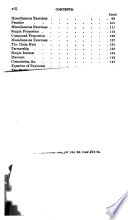 | Robert Johnston (F.R.G.S.) - 1863 - 254 pages
...20 159610 ing to the Rule, the first and second 7 terms to shillings, and then multiply 2,0)111727,0 the second and third terms together, and divide the product by the first 12)558631g( = i) term 20, which gives 55863| the 2,0)465,5 3| ""s• in Pence- £232 15s. 3±d. Ans.... | |
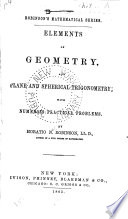 | Horatio Nelson Robinson - Conic sections - 1865 - 474 pages
...D = B x C byJi, , * B x C we have D = — ^ — . That is, to find the fourth term of a proportion, multiply the second and third terms together and divide the product by the first term. This is the Kule of Three of Arithmetic. This equation shows that any one of the four terms can... | |
 | George Roberts Perkins - Arithmetic - 1865 - 360 pages
...written the three terms of the proportion, or, ax usually expressed, having stated the question, then multiply the second and third terms together, and divide the product by the fast term. NOTE. — Since there is a ratio between the first and second lerms, they must be reduced... | |
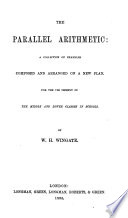 | W H. Wingate - 1865 - 150 pages
...and the third may be also reduced, to facilitate the operation; then multiply the third by the second and divide the product by the first, the quotient will be the fourth proportional or answer in the same denomination as that to which the third term was reduced. Find a... | |
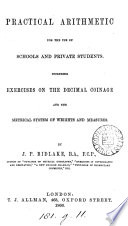 | John Purdue Bidlake - Arithmetic - 1866 - 232 pages
...terms to the same name, and the third, if necessary, to the lowest denomination mentioned in it. 5th. Multiply the second and third terms together and divide...the product by the first ; the quotient will be the answer in the same name that the third term was reduced to. The workiny may be arranged in various... | |
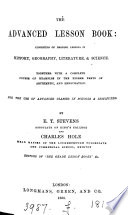 | Edward Thomas Stevens - 1866 - 434 pages
...the remaining term in the first place. Reduce the first and second terms to the same denomination. Multiply the second and third terms together, and...the product by the first. The quotient will be the answer required. COMPOUND PROPORTION. — Find the quantity which is of the same kind as that in which... | |
 | John Fair Stoddard - Arithmetic - 1868 - 428 pages
...larger of the two remaining terms for the second term ; if less, the smaller for the second term. 3. Multiply the second and third terms together, and divide the product by the first. (382, 1.) Or, Divide the third term by the ratio of the first term to (he second. (382, 3J QUESTIONS.... | |
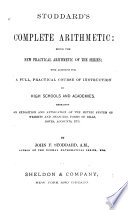 | John Fair Stoddard - Arithmetic - 1888 - 480 pages
...larger of the two remaining terms for the second term ; if less, the smaller for the second term. 3. Multiply the second and third terms together, and divide the product by the first. (382, I.) Or, Divide the third term by the ratio of the first term to the second. (382, 3.) QUESTIONS.... | |
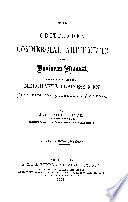 | John Groesbeck - Arithmetic - 1868 - 350 pages
...denomination, and if the third term is a compound number, reduce it to the lowest term mentioned in it. Then multiply the second and third terms together, and divide the product by the first term: the quotient will be the fourth term, or answer. EXAMPLES. 1. If 25 barrels of flour cost $165,... | |
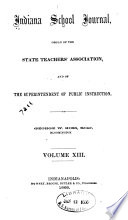 | Education - 1868 - 806 pages
...write the greater of the two remaining terms for the second, and the less for the first," &c. ; ;'then multiply the second and third terms together, and divide the product by the first." Not a word was said by book or teacher of Ratio, Antecedent or Consequent. If we learned anything it... | |
| |